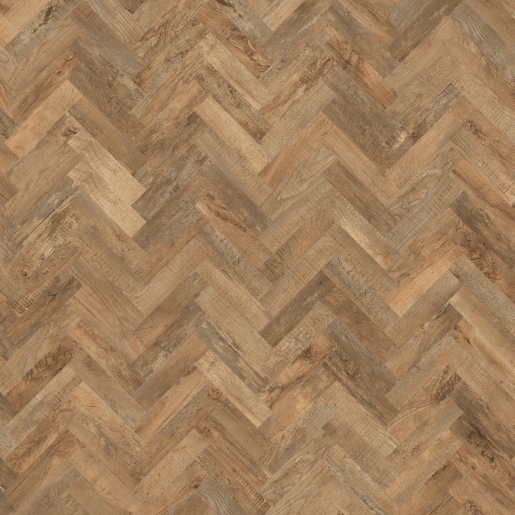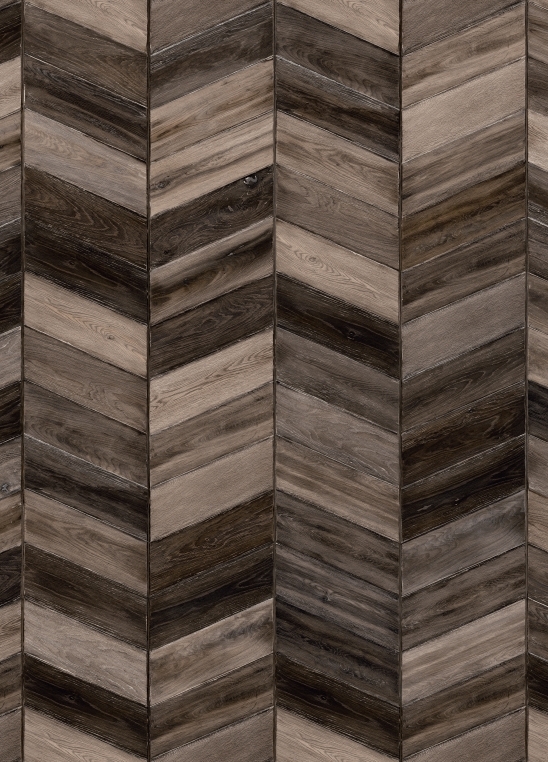26 July 2022
What is parquet flooring, and is it worth the effort?

Timeless and elegant, parquetry stretches back centuries and remains an absolute classic in homes and commercial properties alike. But creating this incredible-looking floor takes time to achieve so is it worth the effort?
In this article, we’re looking at the different styles on the market, the parquetry pros and cons, and how parquet can create something spectacular in your home or commercial space.
Parquet flooring – what is it?
Parquetry is the technique of creating a decorative wooden floor using wooden tiles or blocks. Think of a parquet floor like a mosaic of wood pieces.
The word parquet derives from a French word that means ‘small compartments’, which makes sense when you look at a parquet floor and how the pieces are laid in a compartmentalised fashion.
Standard parquet patterns often consist of straight-edged wooden planks placed at geometric angles to create visual symmetry. More elaborate parquet designs can involve multiple shapes and sizes of planks and non-geometric, circular or bespoke patterns.
Which styles of parquet are most popular?
You can say this much about parquetry: it’s versatile. You can lay parquet blocks in any design you choose – straight, symmetrical or completely haphazard. Use a single colour, two contrasting shades or a multitude of different tones.
There really is no limit to the design possibilities – with parquet, you can create a truly unique floor. But if you aren’t sure where to start, here are five common parquet designs.
Herringbone parquet
Herringbone is as stylish today as it was when the Romans used it in their constructions. The narrow edge of one rectangle block is placed against the long edge of the next, creating an L-shape, which is then repeated above and below to create a broken zig-zag effect.

Chevron parquet
The Chevron design is similar to Herringbone but uses rhombus-shaped blocks instead of rectangles. The narrow slanted edges of two planks fit together to create an exact v-shaped point. This creates a more defined zig-zag pattern and looks great in large spaces.

Brick parquet
As the name suggests, planks are placed to look like brickwork – although not always at the midway point of each ‘brick’ (or plank). One popular style of brick parquetry aligns each rectangle plank against the next one to form a square before rotating the following planks ninety degrees to create the next square, and so on.
Basketweave parquet
This pattern is making a comeback – and it’s easy to see why. What an incredible finish it gives, effective in rooms of any size and particularly impressive when it incorporates contrasting shades to complete the weave effect.
Random pattern parquet
If you want a less uniform design, random is the way to go. You can use planks of different lengths and widths or even a multitude of colours to create a completely asymmetrical or unique design.
Do you need to use genuine hardwood for parquet floors?

Natural wood, particularly oak, is a fantastic option if you want to go down the traditional route. The key reason is its durability. Oak is long-lasting and tends to withstand dents and scratches from footfall and furniture, so it will stay looking its best much longer than manufactured materials.
If the budget doesn’t stretch to real wood, laminate could be an option. It’s made using wood derivatives, and because it’s factory-produced, it doesn’t require the same level of care as hardwood – no re-sanding, lacquering or oiling.
Also popular in the parquetry world is LVT (luxury vinyl tile). With many LVT designs created to mimic wood, you’ll certainly have a similar look and feel, but with a slightly lower cost and a much easier installation.
LVT works better than hardwood in humid or wet environments, so it’s a good choice for bathrooms or kitchens.
The pros and cons of parquet
Parquet has been around since the 16th century and never fails to impress. Whether you want a classic or contemporary look for your home or business, there’s a design to suit buildings of any age and any style of décor. But before you set your heart on parquet, there are a few things to consider.
Cost
Natural wood looks impressive, but it’s not for the faint-hearted (or empty-pocketed) when it comes to cost. Engineered wood or LVT are lower in cost but depending on the size of your room and the complexity of your design, you could still be looking at a big investment.
As well as the cost of the floor itself, you’ll need to factor in the installation cost. Again, the size of your floor, the size of the planks and the intricacy of your design will have an affect on price. Even if you are self-installing, you need to consider the time it will take you.
Installation
Parquetry is a specialist skill – the floor needs to be properly prepared; blocks need to be precisely laid, and if you opt for real wood, you need to sand and seal. If you’re looking for a quality finish, parquet is best left to the professionals.
Installing parquet isn’t a quick job, so if you need your new floor fast, you may want to consider an alternative. But if you do decide to opt for parquet, we can tell you with confidence that it’s worth the wait.
Durability
As mentioned above, natural wood is extremely durable and will last a lifetime if properly maintained. LVT is also incredibly hardwearing, with leading products lasting up to twenty years.
So while the initial cost of parquet flooring might be higher than other floor types, you won’t have to worry about replacing it any time soon, making it a sound investment.
Cleaning and maintenance
Although it’s tricky to install, parquet flooring is relatively easy to clean and maintain. As long as it has been professionally fitted to avoid gapping, just a sweep, mop, or vacuum will keep it looking its best.
If you’ve opted for real wood, you always have the option of sanding it down and refinishing it if it does start to look a bit worn. And a wax, oil, varnish or lacquer every few years can give it a new lease of life.
So, is parquet flooring really worth the effort?
Parquet flooring doesn’t come cheap, and once it’s down, it doesn’t come back up easily. So if you don’t plan on staying in your property long-term or you like changing your flooring regularly, it’s probably not the best choice.
But if you’re looking for something long-lasting that will add a wow factor to your home or business, then parquet is definitely worth the effort.
Parquet flooring at Beyond Flooring
The Beyond Flooring team are specialists in all types of flooring, including parquet. We can help you select the perfect design and finish, and we’ll install your parquet floor to the highest standard, if you are within Yorkshire or the surrounding area.
In fact, we’re so confident in our fitting service that we offer a two-year installation warranty on all domestic projects, giving you complete peace of mind.
So if you are considering parquet flooring for your home or business, check out our gallery for inspiration, visit our fantastic showroom, or get in touch with our friendly team to request a quote.


